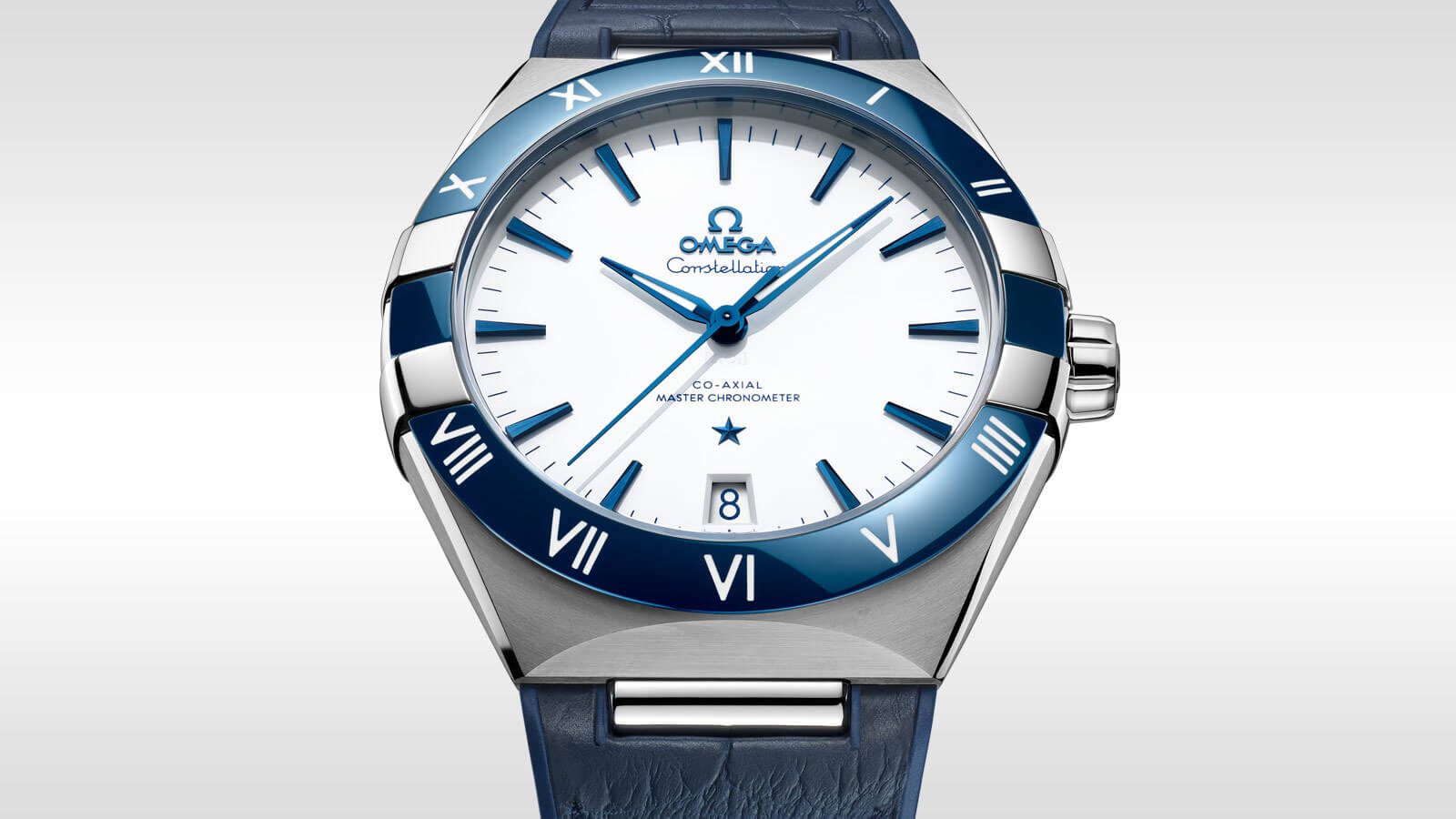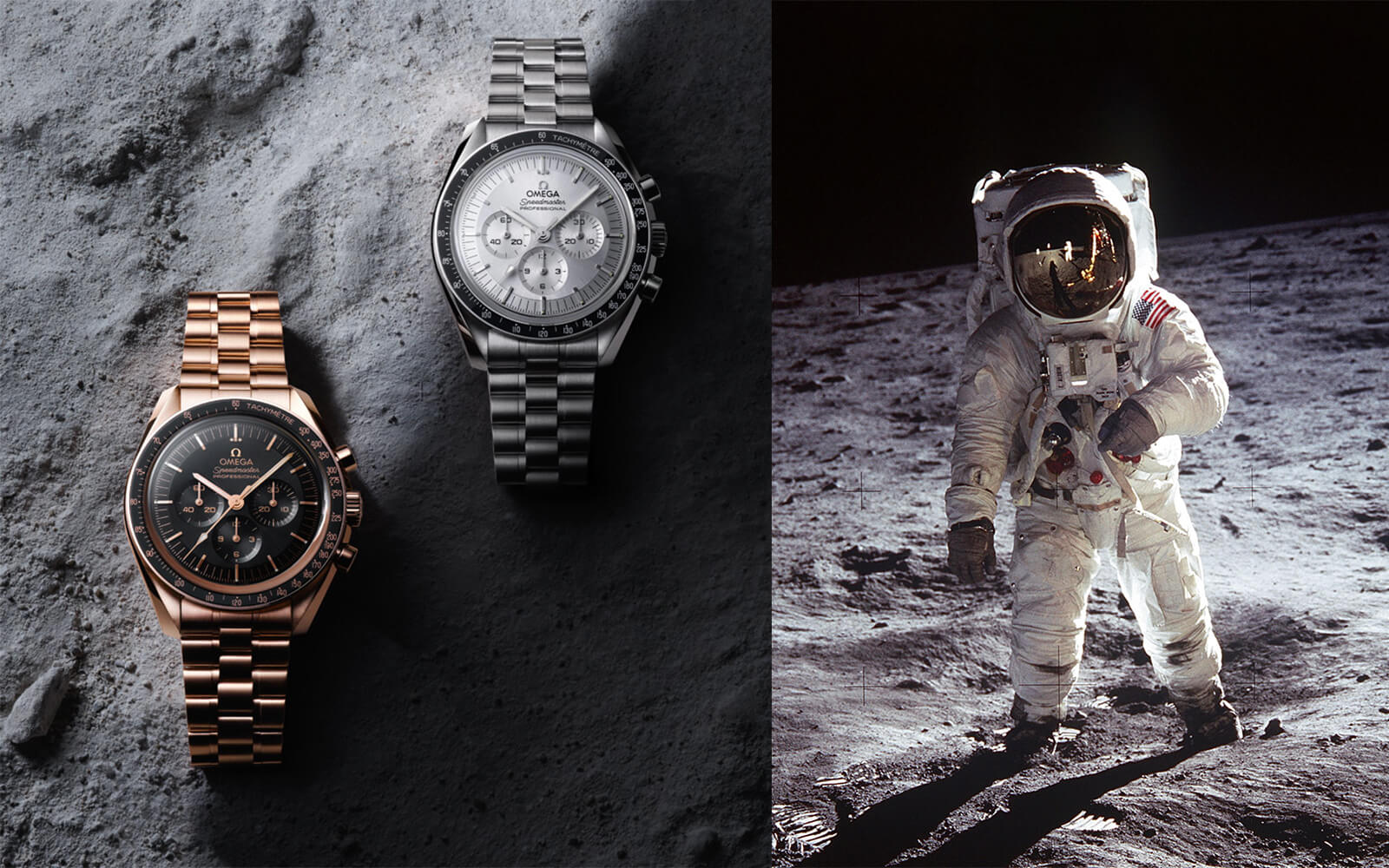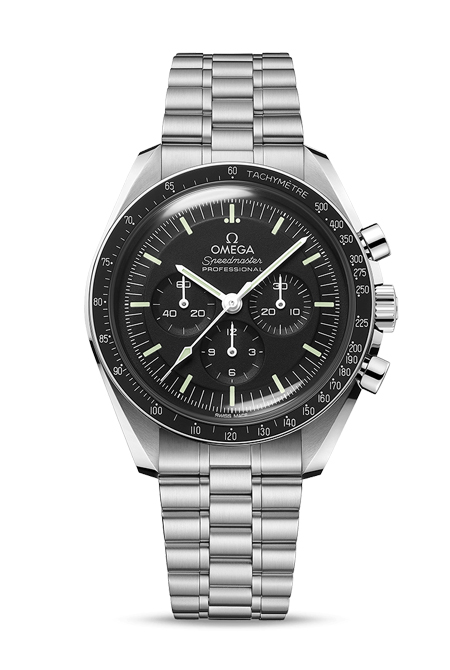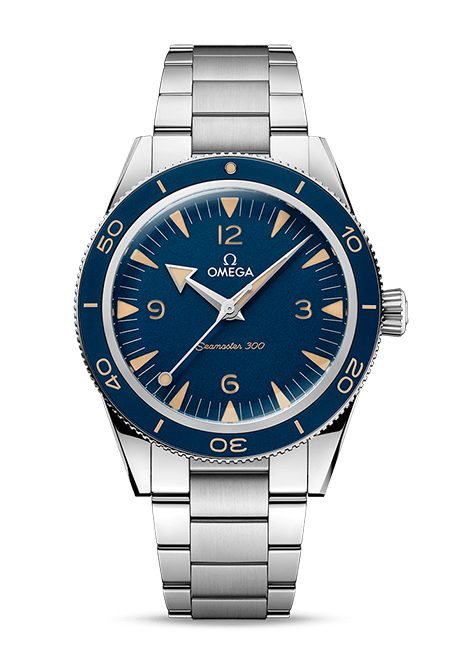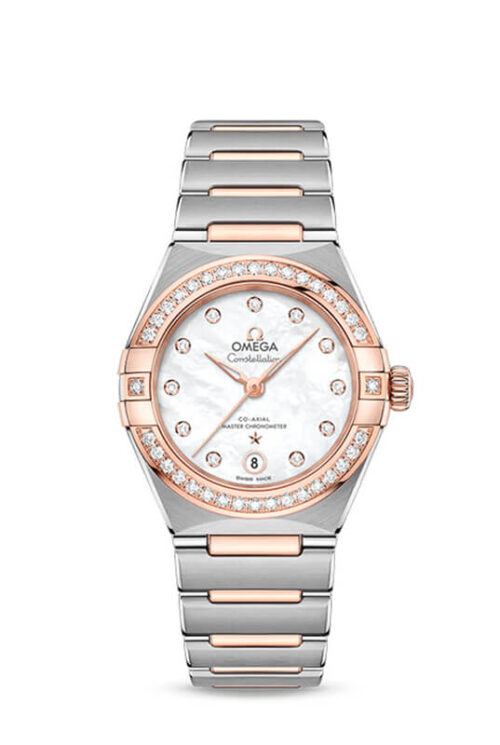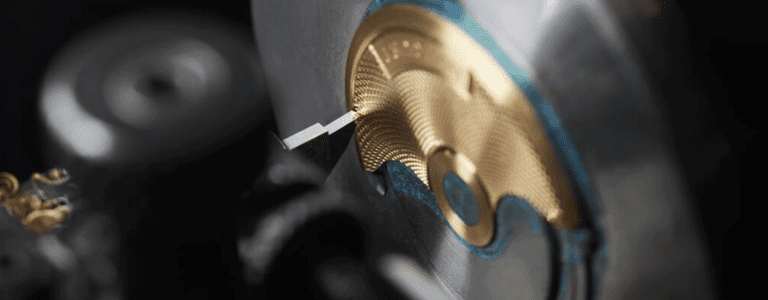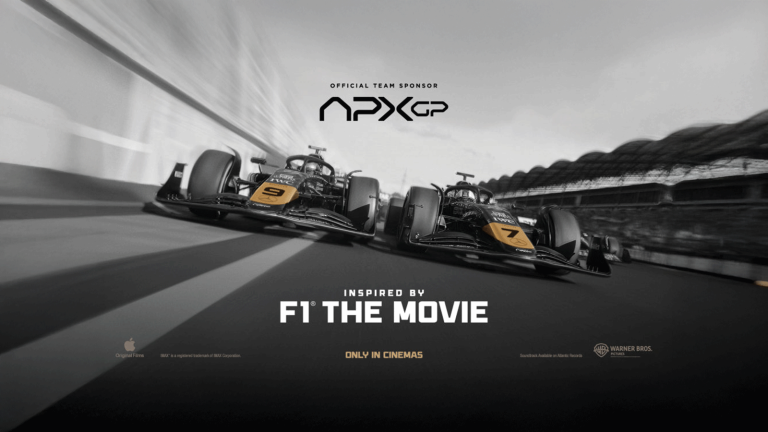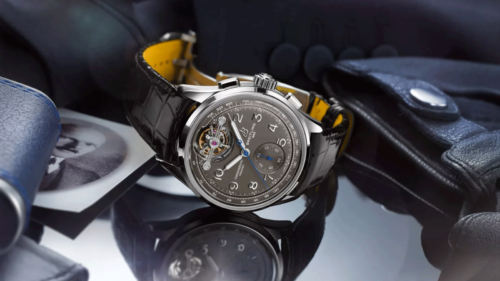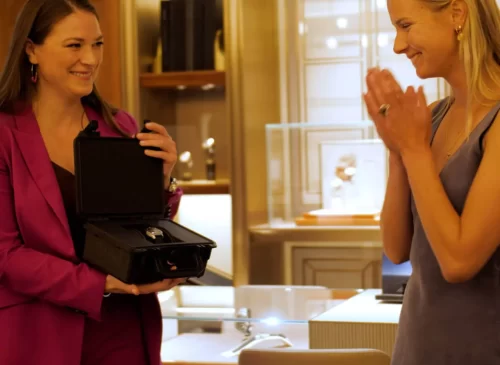The Expert Guide to the Fascinating World of Omega Watches
Swiss luxury watch manufacturer Omega ranks as one of the most historically significant brands on the market. For the avid watch buyer, Omega also presents one of the most straightforward catalogues of any brand. The secret lies in its four pillar collections, derived from Omega’s greatest success stories: Seamaster, Constellation, Speedmaster and De Ville. These household names have played a decisive role in shaping the evolution of the dress watch, the diver’s watch and the modern chronograph. Taking Omega from the deep oceans to outer space, to front and centre in the exciting and explosive world of James Bond. In this expert guide, we will provide you with a comprehensive overview of the collections and highlight notable models for your consideration.

Throughout the guide, you will observe a constant searching for precision, namely chronometer certification (or better). This obsession dates back to Omega’s early achievements, such as setting eight precision records at Kew-Teddington and the Geneva Observatory. Omega-made mechanical movements, produced prior to the quartz crisis, hold a reputation for being some of the best ever. In modern times, Omega has continued the legacy by developing its Co-Axial technology, widely considered one of the most major advances in mechanical horology since the invention of the escapement. The radial design of the co-axial escapement significantly reduces friction, meaning less lubricant, and therefore less frequent servicing.

The Starting Point
The Omega story begins in 1848, when Louis Brandt founded his “Comptoir d’établissage”, in La Chaux-de-Fonds. Assembling key-wound pocket watches, Brandt established his brand’s reputation through extensive travel across Europe. He was succeeded by his sons Louis-Paul and César who eventually moved the company’s operations to Bienne. The construction of a mechanised factory allowed the brand to expand its markets into America. By 1889, they were the largest manufacture in Switzerland of finished watches – producing 100,000 per year. Extensive research and development produced many firsts, including the first minute repeater wristwatch in 1892.

In 1894, the brand developed a new pocket watch movement it christened the “Omega”, which incorporated an improved winding and hand setting mechanism. Thanks to the quality of its movement, the Omega achieved global success. So much so, that the company was renamed Louis Brandt & Frére – OMEGA Watch Co. in 1903. Precision of manufacture allowed Omega watches to dominate accuracy competitions. At the world’s observatories, they set and broke records repeatedly, and still to this day hold many titles for the most accurate mechanical watches ever tested. This reputation led to the company’s appointment as official timekeeper for the 1932 Los Angeles Olympiad. Since then Omega has performed the service more times than any other brand.
Now, let’s turn our attention to the individual collections.
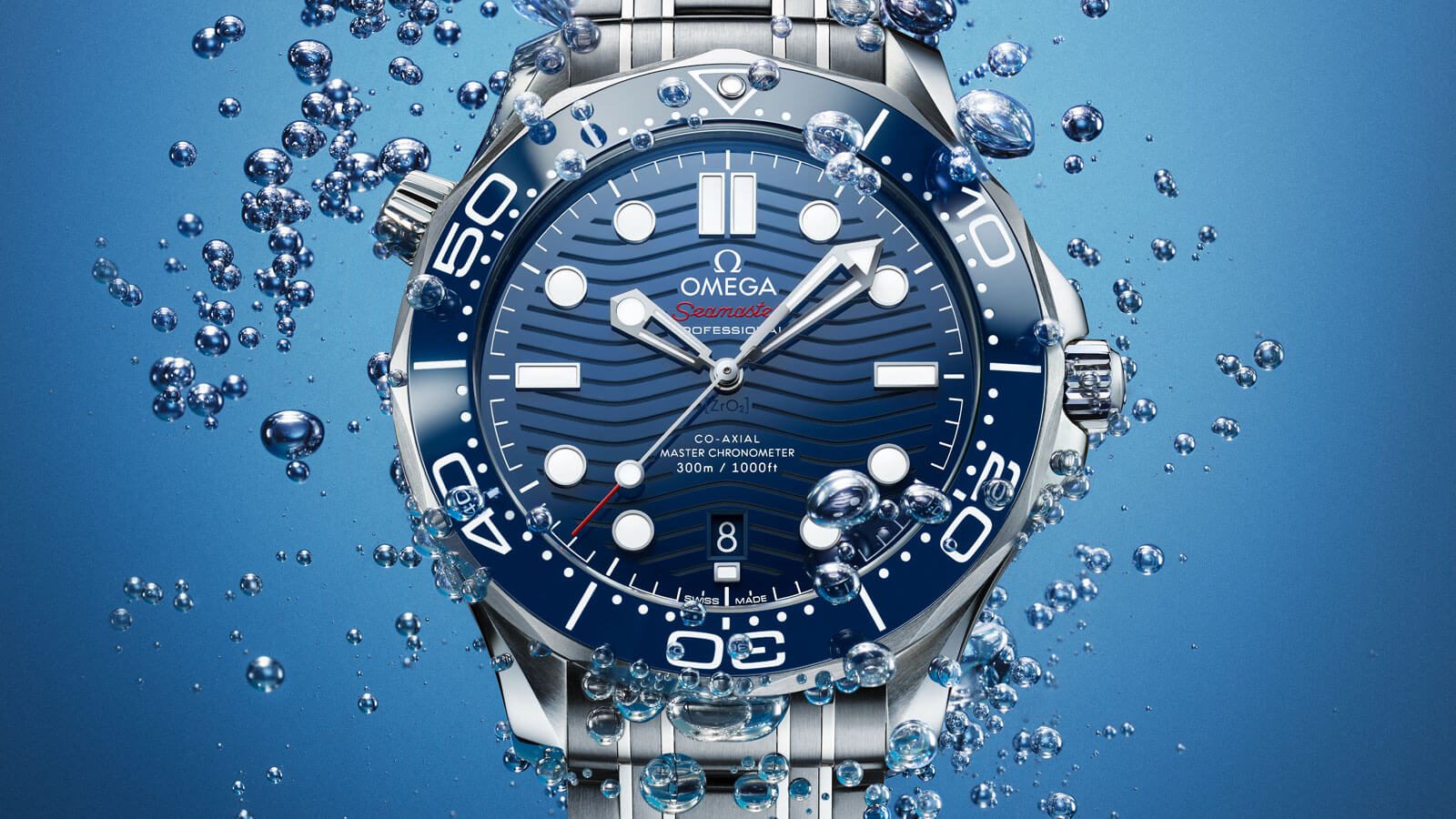
Seamaster
The Seamaster was launched as a dress watch for activewear in 1948 (Omega’s centennial year). But it was the 1957 release of the Seamaster 300 (Ref. CK2913) that transformed it into a serious diver’s watch. Alongside the Blancpain Fifty Fathoms and Rolex Submariner, the Seamaster 300 led the development of the modern dive watch. The model was also officially issued to the British Royal Navy, whose feedback helped influence the civilian version. Over time, the collection filled out with a diverse range of models – such as the Bullhead, Soccer, Chronostop Regatta and Memomatic. Likewise, the Seamaster 300 itself evolved through many iterations before finally being discontinued in 1969. Omega subsequently released the 200, 120, 600 and 1000, with the latter two designated as “PloProfs”, designed for commercial diving. In the 1990s, a Seamaster renaissance occurred helped by the wrist of the world’s favourite spy, Mr James Bond himself.

The first range of Bond Seamasters were characterised by midnight blue dials and bezels. In his portrayal of Bond, Daniel Craig sported a Planet Ocean 600M Co-Axial through the first three films, as well as a Seamaster Diver 300M and an AquaTerra, both powered by Co-Axial calibres, in Casino Royale and Skyfall respectively. In Spectre, Bond wears the Seamaster 300 SPECTRE Limited Edition and an Aqua Terra 150M. The latest talk of the town is the Seamaster Diver 300M 007 Edition worn in No Time To Die, with its military-inspired design influenced by Craig’s experience. Made of titanium, its 42 mm case is lightweight and tough and is paired with a “tropical” brown dial and bezel ring made of aluminium, complete with vintage Super-LumiNova.
Bond’s choices highlight the Seamaster collection’s go to pieces. The Seamaster Diver 300M has enjoyed a legendary following since 1993. For its 25th anniversary it received a complete makeover, introducing two case sizes – 42 mm and 43.3 mm – with new ceramic bezels and powered by METAS-approved Master Chronometer calibres. Ceramic dials are available in black, white, blue or PVD chrome, complete with the iconic wave pattern. The helium escape valve on the side of the case (for operating in a diving bell) now has a conical shape and a special, patented design means the watch remains water-resistant to 50 m even if the valve is accidentally opened underwater (outside of a diving bell). Seamaster Diver 300M watches come in stainless steel, a mix of steel and gold, and 18K Sedna™ gold. There are also Chronograph versions (44 mm) in stainless steel and gold, which feature unique ceramic pushers.

Planet Ocean watches have paid homage to Omega’s ocean heritage since 2005, and feature Master Chronometer certification and state-of-the-art materials. Available in 37.5 mm, 39.5 mm, 43.5 mm (including a GMT) and 45.5 mm for the chronograph, the stainless steel or 18K Sedna™gold cases are impressively paired with dials and bezels made of ceramic. While the Planet Ocean “Deep Black” sub-collection – offering four models plus a chronograph – uses a single block of black ceramic to form the case. Standard Planet Ocean features like Super-LumiNova indexes and hands, and a helium escape valve, aid the serious diver. Other notable models in the Seamaster collection include the Aqua Terra, known for combining a sense of sophistication with ocean spirit. And Heritage models that revive past classics, for instance the original Seamaster 300.
Constellation
The Constellation first came into being in 1952 as a successor to the limited-edition Centenary (which was released four years prior, for the company’s centennial.) Enthusiasm for the special edition dress watch encouraged Omega to develop a production model. Sporting a Pie Pan dial, the new line developed into a series of watches with different levels of finishing: Standard, Deluxe and Grand Luxe. Due to its high-quality construction and unfaltering precision, it became known as the “Swiss watch”. In the United States, the collection was originally marketed under the name Globemaster, with a logo of eight stars over the Geneva Observatory cupola paying homage to Omega’s many precision records.

From 1956 onwards, Constellation watches were fitted with Omega-made automatic movements, such as the 505 calibre. In 1964 the company introduced the “C-case”, and three years later the first ladies’ Constellations models debuted. Square cases followed along with a number of stunning, pavé diamond models. Of special note was the Integral line launched in 1969 with integrated, hand-finished cases and bracelets. During the 1970s, the Constellation embraced the times, with Quartz-equipped Constellations being among the most accurate wristwatches ever produced. (Including the Marine Chronometer, which remains to this day the most accurate autonomous watch.) In 1982, the Constellation “Manhattan” established an enduring aesthetic, introducing two pairs of claws (‘griffes’) and inscribed indexes on the bezel.
The Constellation collection serves as Omega’s offering in ultimate luxury, housing the brand’s most advanced mechanical movements. A standout model is the modern Constellation “Globemaster”. In 2014, it was the first watch to be tested and approved by the new certification process of the Swiss Federal Institute of Metrology (METAS), making it the world’s first Master Chronometer. Launched to the public in 2015, the new Globemaster ushered in the next generation of Co-Axial technology: the Omega Co-Axial Master Chronometer 8900/8901 calibre. (Replacing the previous 8500 family employed since 2007.) This was followed shortly after with an Annual Calendar version (8922/8923 calibre).
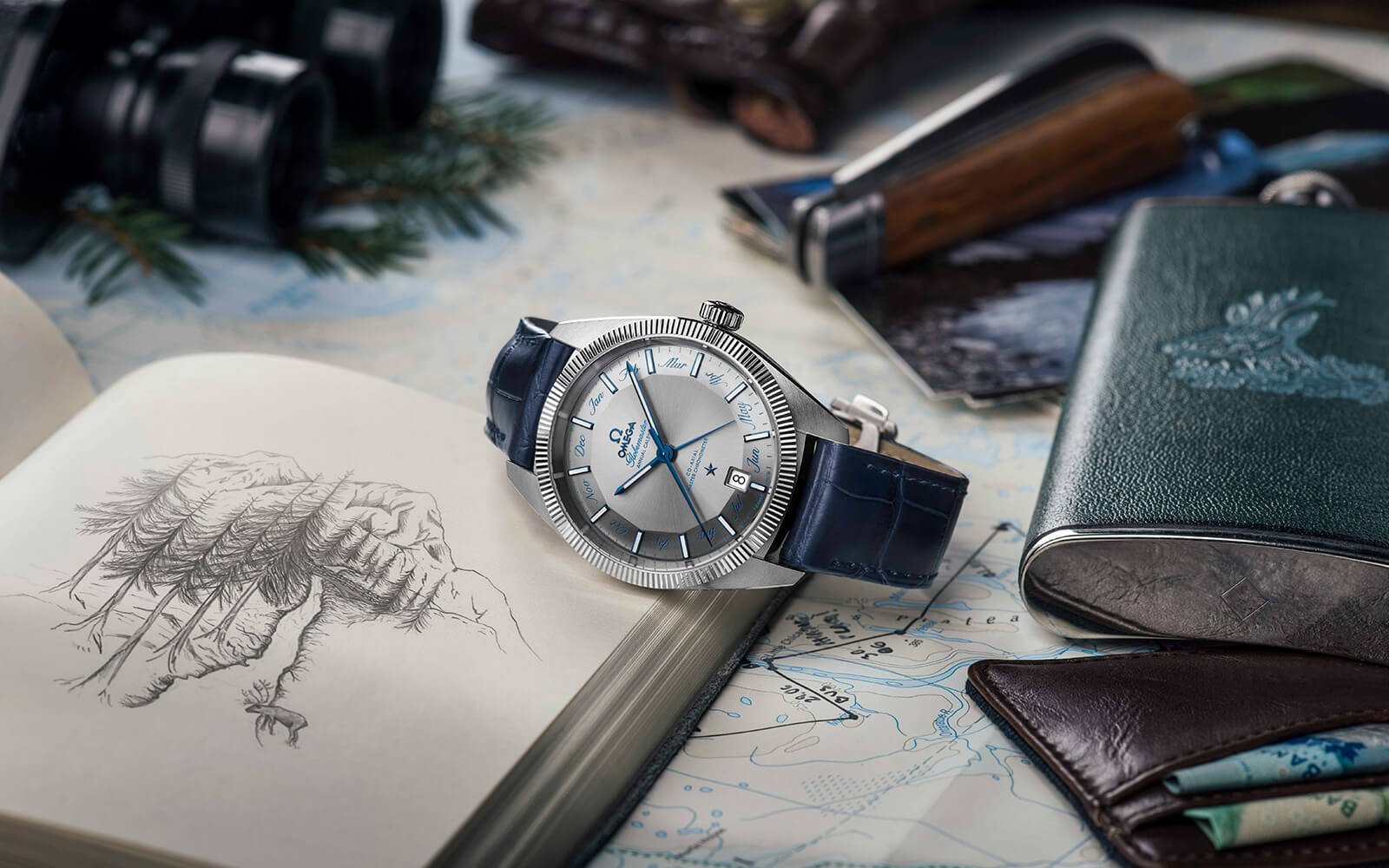
Aesthetically, the Globemaster preserves the collection’s original Pie Pan dial and sticks to a classic 39 mm diameter. (This Increases to 41 mm for the Annual Calendar.) The design includes a fluted bezel, which on stainless steel models is made of tungsten carbide (hard metal). Omega has delivered many Globemaster models that offer a tempting range of materials and colours. The Constellation “Constellation” meanwhile takes its cues from the recognisable Manhattan, with its iconic claws merging between bezel and case. The current generation is a slimline interpretation, with Gents’ models available in 41 mm, 39 mm and 36 mm sizes, while the Ladies’ options range from 25 mm to 41 mm. In addition to the 8900/8901 calibre, other movement choices are available, including quartz.
Speedmaster
The Speedmaster is arguably the world’s best-known Omega, being the first wristwatch worn on the moon. It’s also considered the father of the modern chronograph, being the first to employ the now standard three-counter layout with the timing scale on the bezel. The first Speedmaster (Ref. CK2915, dubbed “Broad Arrow”) debuted in 1957, while the second Speedmaster (Ref. CK2998) accidentally became the first Omega in space in 1962. (When Astronaut Walter Schirra wore his trusty Speedy during the Project Mercury ‘Sigma 7’ mission.) In 1965, the Speedmaster made its space travel-worthiness official – being the only wristwatch to pass all 11 of NASA’s tests.
Involvement in the Apollo program led Omega to develop the Speedmaster Professional. With an asymmetric, more robust case, crown and pusher protection, and a contrasting black dial. Buzz Aldrin wore the first Speedmaster (Ref. 105.012) on the moon on 21 July 1969, as part of Apollo 11, forever endowing the Speedmaster with its “moon watch” moniker. In the same year, an all-gold Professional Deluxe was introduced, as well as the Mark II. The latter signified a split from the original Seamaster collection, establishing the Speedmaster as a collection in its own right. Five Mark series were produced (the fifth, Mark V, in 1984). Each reimagined the Speedmaster’s style and added more complicated models.
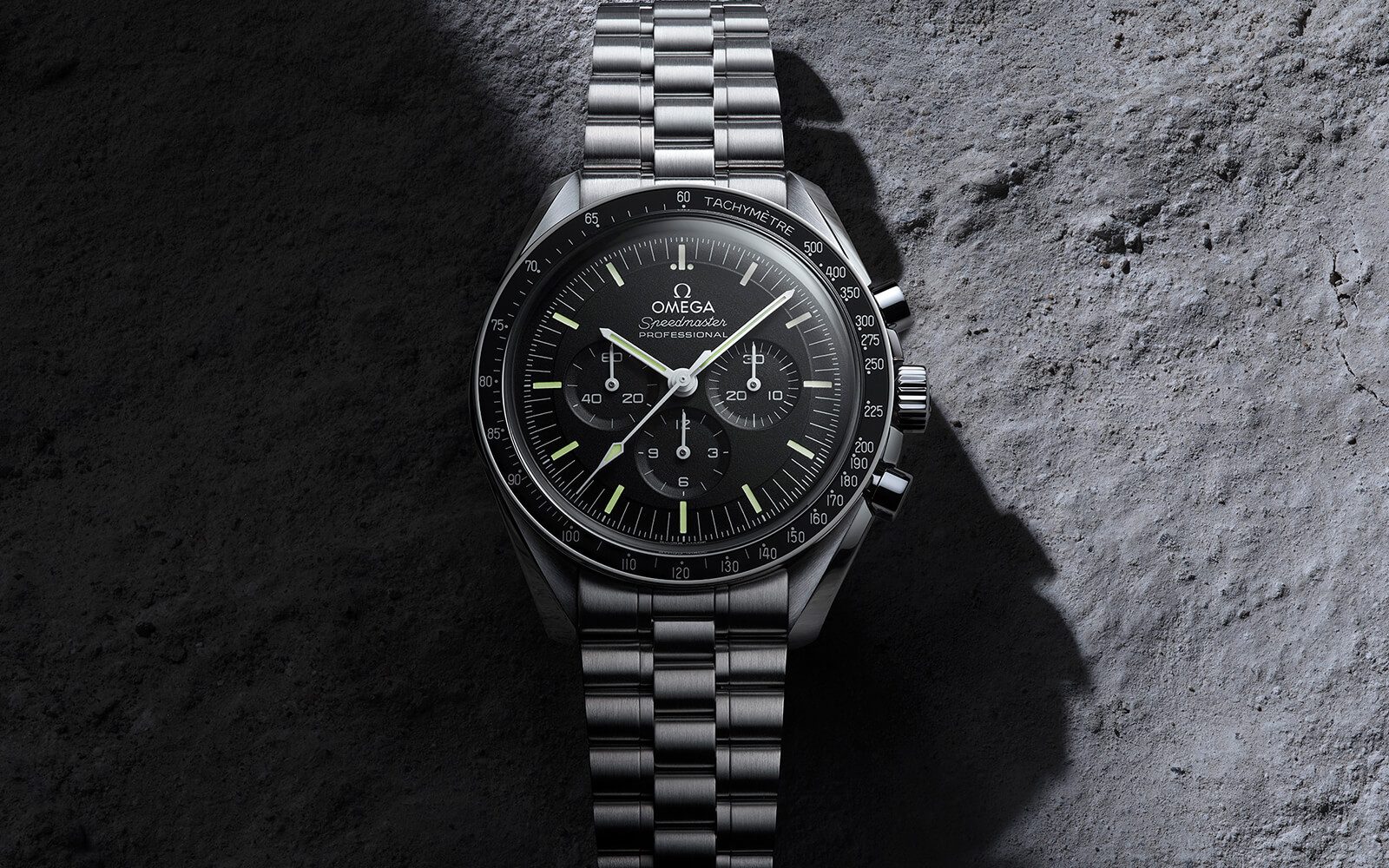
Early evolution of the collection included regular movement upgrades, right up until the cam-style 861 calibre was reached in 1968. (Most Speedmasters employ variants of this movement, including the modern rhodium-plated 1861 calibre.) In 1973, Omega’s 125th anniversary was marked with the first series-production, automatic chronograph to be chronometer certified; the Speedmaster 125. The decade saw the electric Speedsonic, as well as Quartz and Professional Quartz models introduced. (The latter two both multi-function digital timepieces.) More diversification followed during the 1980s and 1990s, resulting in highly complicated models, as well as skeletonized and diamond-set versions. And several limited editions commemorating Omega’s history in space. Ladies’ models appeared in the new millennium.

However, no variant has proved more popular than the standard Omega moon watch, the Speedmaster Professional. Updates to the icon have remained true to its historical design. Like the 42mm asymmetrical case in stainless steel built to the classic style used for Apollo 11. Inside the 1861 calibre ticks with Master Chronometer certification. (A selection of 18K gold models are also available.) Genuine Speedmaster fans will also find the Heritage sub-collection rich with options that pay tribute to the Speedster’s past, including the legendary 321 calibre – recently reintroduced to production (more than 50 years after its final appearance). The first movement of the Speedmaster powered every timepiece worn on the moon. It now powers three Speedmaster Heritage models in Canopus Gold™, steel and Platinum (measuring 38.6 mm, 39.7 mm and 42 mm respectively).
De Ville
Like the Speedmaster, the De Ville started out as a member of the Seamaster collection, debuting in 1960. It broke away to form its own collection in 1967, for the purpose of housing Omega’s elegant dress watches. During the 1970s, the De Ville won numerous design awards, including the coveted Grand Prix Triomphe de L’Excellence Européenne and six Baden-Baden Golden Roses. The collection also experimented with rectangular models (employing the ultra-thin, hand-wound 620 calibre).

In 1999, Omega’s innovative Co-Axial 2500 calibre debuted in a De Ville. It was the first mass-produced wristwatch incorporating the Co-Axial technology. As with the other collections, chronometer certification has become a characteristic of the De Ville. In 2007, the unveiled 8500 series of Co-Axial movements gave birth to the De Ville Hour Vision, a Master Chronometer. Today, it’s available in 41 mm stainless steel or 18k Sedna™ gold cases finished to a level of refined craftsmanship. (An Annual Calendar version also exists.)
A highlight model predating the De Ville collection’s formation is the Trésor. First launched in 1949, its slender styling and simplicity have won a new fanbase in contemporary generations. With mechanical movements, Gents’ versions are known for their vintage character, while quartz-powered ladies’ versions are known for their opposing runs of diamond paving and Roman numerals. Available in steel and 18K, Trésor watches range from 36 mm to 40 mm. Born in 1955, the Ladymatic likewise predates the De Ville and launched as one of the world’s first automatic wristwatches made especially for women. The Ladymatic returned in 2010 as a new update to the collection. Sized at 34 mm, numerous variants offer a generous array of choice. (Stainless steel, red or yellow gold, a combination of both, some lavishly bejewelled.)

Shop Omega at Watches of Switzerland
Watches of Switzerland is proud to be an authorised retailer of Omega watches in Australia at our Sydney Boutique and online across Australia. Click here to browse our comprehensive range or contact us here to benefit from the expert knowledge of our highly trained staff to find the perfect Omega model for you. To find out more information and enquire online, contact our Watches of Switzerland boutiques today.








 Rolex
Rolex Blancpain
Blancpain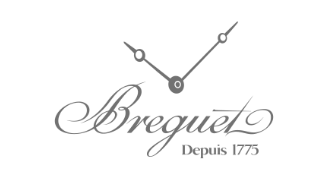 Breguet
Breguet Breitling
Breitling Cartier
Cartier Hublot
Hublot Vacheron Constantin
Vacheron Constantin IWC Schaffhausen
IWC Schaffhausen Jaeger-LeCoultre
Jaeger-LeCoultre OMEGA
OMEGA Panerai
Panerai Roger Dubuis
Roger Dubuis TAG Heuer
TAG Heuer Tudor
Tudor FOPE
FOPE Agresti
Agresti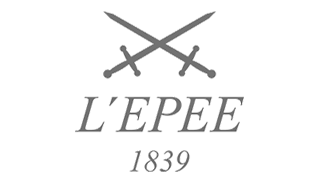 L’Épée 1839
L’Épée 1839 Scatola
Scatola




